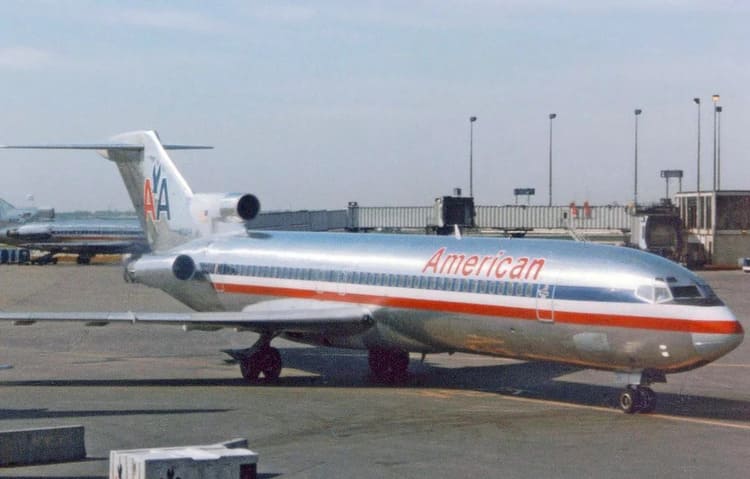In the world of modern aviation, large commercial planes don’t just go missing.
With today’s tracking systems and tight global flight monitoring, the idea of a jetliner disappearing is almost unthinkable.
But that’s exactly what happened in 2003 when a Boeing 727 vanished after taking off from an airport in Angola — and it hasn’t been seen since.
A Normal Day That Took a Strange Turn
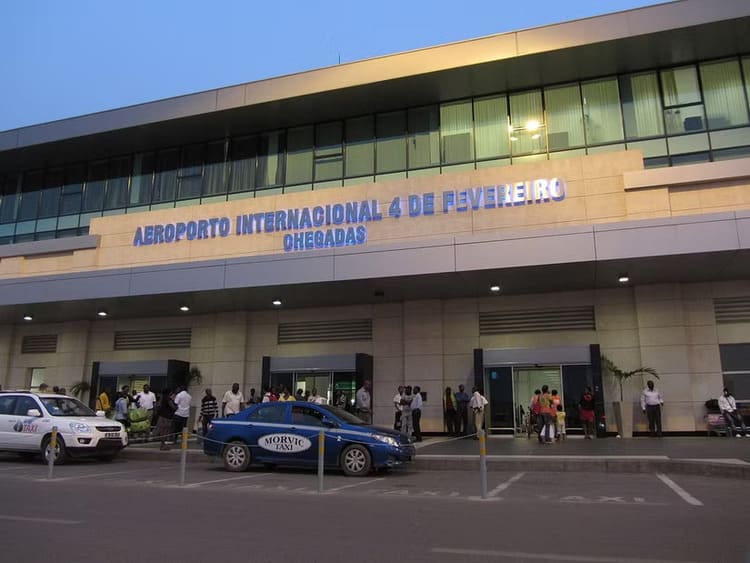
It was May 25, 2003. The sun was setting over Luanda, Angola, and everything at the Quatro de Fevereiro International Airport seemed typical — until it wasn’t.
Without clearance from air traffic control, a Boeing 727 unexpectedly taxied down the runway, its lights off and its transponder switched off.
The aircraft lifted off, heading southwest over the Atlantic Ocean, and just like that — it was gone.
No mayday. No radar trace. No confirmed sightings.
In the 20 years since that evening, there’s never been a single confirmed piece of wreckage or solid lead.
To this day, no one knows where the plane — or the two men believed to be on board — ended up.
Who Was Onboard?
Security footage showed two individuals boarding the aircraft before it took off.
One was Ben Charles Padilla, an American flight engineer and private pilot.
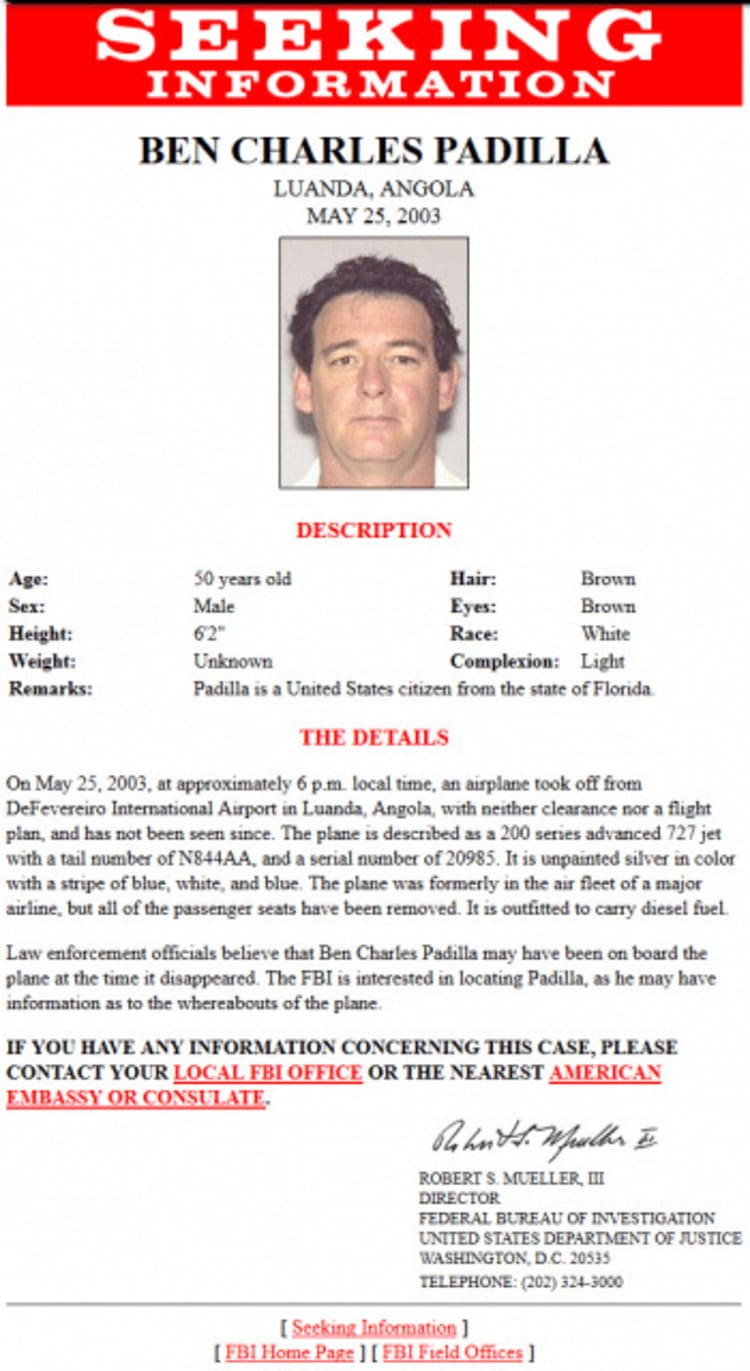
The other man, John Mikel Mutantu, was reportedly from the Democratic Republic of Congo and worked as an aircraft mechanic. Neither man was certified to fly a Boeing 727 — a plane that typically requires a crew of three to operate safely.
That fact alone has puzzled investigators and aviation experts for years.
Was someone else involved?
Could one or both men have been trained well enough to handle the plane?
Or was there a third, unknown person onboard who never appeared on camera?
A Plane With a Complicated History
This wasn’t just any plane. The aircraft — a Boeing 727 registered as N844AA — had spent decades flying for American Airlines before being retired from commercial service.
It was then sold to a Florida-based company called Aerospace Sales and Leasing.
In Angola, the plane sat idle for over a year while plans were made to refurbish and transfer it to a Nigerian airline, IRS Airlines.
The passenger seats were removed, and the aircraft was modified to carry diesel fuel to supply remote mining operations.
But legal and financial troubles surrounded the deal. Disputes over unpaid fees, maintenance costs, and leasing complications kept the aircraft grounded.
By the time of the theft, the plane had accumulated more than $4 million in airport charges and was caught in a web of lawsuits and paperwork. Some believe that these troubles may have played a role in its disappearance.
Theories and Speculations
Given the strange circumstances, it’s no surprise that multiple theories have emerged over the years.
One of the earliest concerns — especially given the post-9/11 context — was that the aircraft had been stolen for use in a terrorist plot.
This prompted a serious investigation by both the FBI and the CIA, who considered the possibility of the plane being weaponized. But that theory lost ground as time passed with no signs of malicious intent or use.
Another theory involved insurance fraud. Aerospace Sales and Leasing, the company that owned the jet, had a reputation for questionable financial dealings.
Some speculated the plane was stolen intentionally so that a payout could be claimed. However, the FBI investigated this angle thoroughly and cleared the company’s CEO of any wrongdoing.
Others, including friends and family of Ben Padilla, rejected the fraud theory completely. His brother stated publicly that Ben wasn’t the kind of person who would be involved in something illegal or deceptive.
The simplest theory is that the aircraft crashed into the Atlantic Ocean shortly after takeoff.
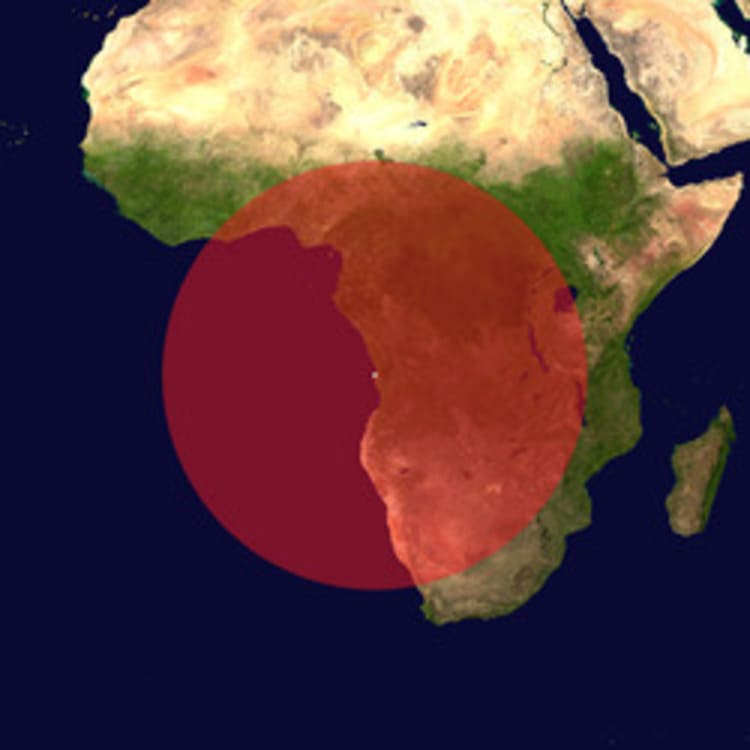
The plane was carrying enough fuel to fly roughly 1,500 miles (about 2,400 kilometers), but with no proper crew and no radio contact, a mechanical issue or pilot error could have easily caused it to go down.
However, what makes this explanation difficult to accept is the total lack of debris or wreckage — nothing has ever been found.
Other, less conventional ideas have also circulated: that the plane was secretly landed in a remote part of Africa, disassembled for parts, or even repainted and sold illegally. There have been rumors of sightings in various countries, but none have ever been verified.
A Case That’s Never Been Solved
Despite a high-profile investigation and the involvement of multiple international agencies, the case was eventually shelved. By 2005, just two years after the disappearance, the FBI closed its official investigation. However, the mystery was never truly resolved.
Even today, the case remains open-ended — a modern aviation ghost story with no clear answers.
What adds to the unease is how something like this could happen in the 21st century.
While modern commercial planes are now equipped with far more advanced tracking systems than in 2003, the fact that a fully functional airliner could be stolen and vanish entirely serves as a chilling reminder: human error, system gaps, and bad intentions can still slip through the cracks.
Still No Sign — 20 Years Later
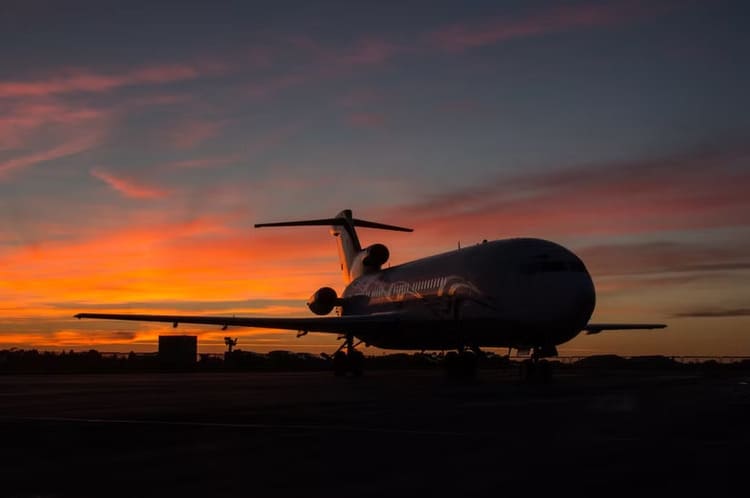
Now, over two decades later, we’re still left wondering what really happened on that May evening. Was it a failed escape? A crash that went undetected? Or a crime that’s been successfully covered up?
Whatever the truth may be, the disappearance of Boeing 727 N844AA remains one of aviation’s greatest mysteries — a story of two men, a grounded plane, and a flight that should never have happened.
And yet it did — and no one has seen the plane since.
